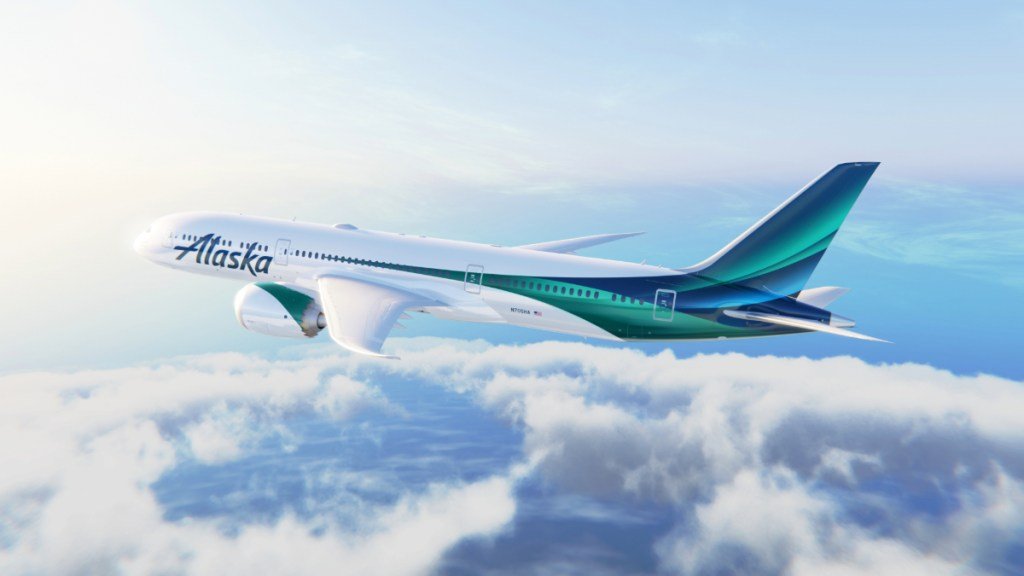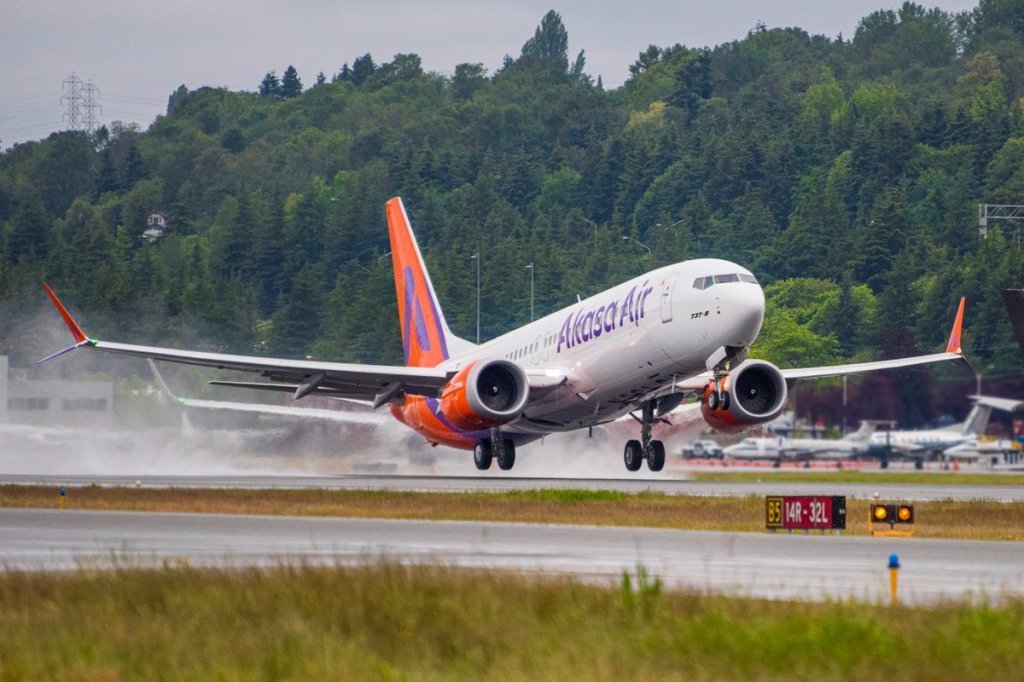Travel Market Insights
The Cost of Convenience: Why Pricing-Centric Revenue Management Is Failing Your Hotel

Over the past decade, the pricing-centric revenue management model has gained prominence within the industry. It’s a concept that promotes maintaining availability across all channels, even as demand is surging, relying solely on dynamic pricing to manage booking behaviour. This approach, favoured for its operational flexibility, requires that rooms always remain open to book, and availability should never be curtailed, even if it means selling out on a single night and preventing longer length-of-stay guests.
However, the core assumption underpinning this pricing methodology, namely that rate flexibility alone can optimise performance, overlooks several critical elements of effective revenue management. Most notably among these is the strategic control of inventory, which when neglected, diminishes profitability and operational integrity.
The Central Misstep: Pricing Without Context
While the ability to apply dynamic pricing is now widely accepted and easily facilitated by most contemporary systems, this practice alone does not constitute a water-tight revenue strategy. Without inventory controls, hotels risk undermining their overall performance, especially during compression periods.
Consider the risk of accepting high-rated, short-stay bookings that displace lower-rated, longer-stay guests. On paper, the rate appears profitable but in practice, it may compromise total revenue. Hotels that rely solely on surge pricing mechanisms frequently fail to account for this nuance and this often leads to significant lost revenue for hoteliers.
Advanced revenue strategies incorporate not only rate responsiveness but also intentional decision-making around which bookings to accept or reject. The most effective systems consider the total value of a booking, including stay duration, stay-through demand, ancillary spend, and displacement cost, before allocating limited inventory.
Why Inventory Control Matters
Such inventory control strategies rely on sophisticated analytics to predict and evaluate all possible length-of-stay permutations across time. These predictions are highly complex and cannot be reliably executed using simple business rules; instead, they depend on proven, evolving algorithms.
However, when done right, they help hoteliers to extend demand from high-occupancy nights into adjacent shoulder periods, and manage availability based on forecasted value rather than simply the offered rate and maintain guest trust by signalling genuine scarcity rather than resorting to excessive rate inflation.
A number of pricing methodologies, such as surge pricing, treat each night in isolation without forecasting the total number of guests who will occupy rooms on a given date, regardless of their check-in or check-out patterns. As a result, availability often closes out based on the sequence in which bookings happen to arrive, rather than as part of a deliberate, strategic revenue management plan by the hotel. By contrast, advanced forecasting methods analyse demand patterns by room type, booking window, and stay composition. This enables decisions that are both more granular and more forward-looking. Failing to consider these dynamics leads to suboptimal outcomes, such as a sold-out Wednesday evening that blocks out potential guests seeking two- or three-night stays.
One established concept that is gaining wider recognition in revenue management is ‘last room value’ (LRV), sometimes referred to as a ‘Rate Hurdle’ or ‘Bid Price’. This metric establishes the minimum acceptable revenue a booking must generate to warrant its acceptance, especially when availability is limited. LRV is not a rate, but a dynamic threshold reflective of forecasted demand, booking pace, and price sensitivity that serves as a north star for which business is best to accept. Unlike pricing-centric models that focus primarily on maximising Average Daily Rate (ADR), LRV is designed to optimise Revenue per Available Room (RevPAR) by protecting inventory and ensuring each booking delivers maximum value, especially for the last remaining rooms. Importantly, LRV considers the value of each night within a requested stay and may accept a multi-night booking (e.g., two or three nights) while rejecting a single-night request if the overall contribution to revenue is higher. This ensures that every booking aligns with the hotel’s revenue strategy and long-term profitability.
By embedding rate hurdles into pricing and availability decisions, hoteliers can move beyond the bluntness of manual controls and shift from an ADR-focused pricing philosophy to one grounded in RevPAR optimisation. Value-driven systems ensure that inventory is only sold when it meets minimum profitability thresholds, supporting stronger inventory stewardship and enabling the prioritisation of high-value demand to achieve the optimal business mix.
The Hidden Cost of Pricing-Centric Revenue Strategies
The real problem with price-centric revenue management methodologies is not just missed revenue, but a systematic undervaluation of the asset. Without automated inventory controls, pricing becomes one-dimensional and disconnected from broader demand considerations. Strong inventory strategies prioritise extracting the maximum value from each room night, recognising that strategic acceptance decisions help preserve profitability not only during sell-out periods but also across the full booking horizon.
Over time, these issues can weaken a hotel’s market position and make it harder to adapt to change.
Despite today’s fast-changing environment, where careful decision-making matters more than ever, dynamic, variable open or surge pricing mechanisms are often presented as a one-size-fits-all solution to a problem that always demands nuance.
Strategy Over Simplicity
The price-centric revenue method, though administratively convenient, risks diluting the strategic control hoteliers require to drive profitability. A truly effective approach to revenue management is grounded in scientific forecasting, precise controls and intentional decision-making. The benefit of operating an automated decision system is that the solution will react to any changes in business conditions, account for the dynamics of demand and wash by arrival date and length of stay (i.e. network effects) and avoid any controls being missed and not deployed on time.
The question for hoteliers is not whether they can continue adjusting rates on the fly, but whether they are willing to relinquish strategic control in doing so. In an increasingly complex trading landscape, it is clear that deliberate strategy offers a more dependable route to sustained revenue performance than reactive pricing alone.
Travel Market Insights
Alaska Airlines to Launch Flights to London and Iceland

Key Points
- Alaska Airlines will launch daily flights from Seattle to London and Reykjavik in May, expanding its international network.
- The airline is introducing a new livery inspired by the Aurora Borealis on its Boeing 787 Dreamliners, debuting in January.
- Alaska aims to operate 12 international routes by 2030, with additional destinations like Paris, Bangkok, Delhi, and Ho Chi Minh City under consideration.
Summary
Alaska Airlines is expanding its international presence following its acquisition of Hawaiian Airlines, announcing new daily flights from Seattle to London and Reykjavik starting in May. The carrier is also unveiling a new livery for its Boeing 787 Dreamliners, inspired by the Aurora Borealis, and has plans for significant international route growth by 2030. While expanding services and premium offerings, Alaska will maintain its original branding on narrowbody aircraft and preserve the Hawaiian logo.
Travel Market Insights
U.S. Tightens Visas, Oyo Enters Australia and Europe Flies Bigger and Farther

Good morning from Skift. It’s Tuesday, August 5. Here’s what you need to know about the business of travel today.
Some visitors to the U.S. might face a new financial challenge. The U.S. plans to require bonds of up to $15,000 for some tourist and business visas under a pilot program slated to start on August 20, reports Associate Editor Rashaad Jorden.
The 12-month program would give U.S. consular officers the discretion to require bonds for travelers from countries with high rates of visa overstays, according to a Federal Registry notice published on Monday. The notice said the rule is a key part of the White House’s efforts to tackle threats posed by visa overstays and deficient screening and vetting.
The State Department estimates that 2,000 travelers will be required to post the bond. Officers are expected to set the bond at $10,000, but they can increase that figure to $15,000 if they don’t believe it’s enough to ensure a timely departure.
Listen to This Podcast
🎧 Subscribe
Apple Podcasts | Spotify | Youtube | RSS
Next, Indian hospitality company Oyo has bought Australian short-term rental platform MadeComfy in a deal valued at more than $50 million, reports Asia Editor Peden Doma Bhutia.
Oyo’s acquisition represents its entry into the Australian and New Zealand markets. MadeComfy currently manages more than 1,300 properties with nearly 100 real estate agencies. Bhutia writes Oyo’s goal is to expand MadeComfy across Australia and New Zealand and possibly into other countries where Oyo already operates.
Finally, new data has revealed that flights in Europe are getting longer and planes on the continent are bigger, reports Airlines Editor Gordon Smith.
The average flight distance in Europe hit just over 1,000 nautical miles last year, according to air traffic control organization Eurocontrol. Although the 2024 figure is a modest increase from the previous year, Smith notes it’s part of a much larger structural shift as domestic and regional routes are in decline.
In addition, the average maximum take-off weight of an aircraft jumped to just over 90 tonnes, up from both 2023 and 2018. Smith notes the increase is a sign of airlines emphasizing larger planes over regional jets.
The travel industry’s top event returns this fall.
September 16-18, 2025 – NEW YORK CITY
Travel Market Insights
Akasa Air Has a New Ancillary Service: Visa Assistance

Budget airline Akasa Air has introduced visa services as part of its ancillary services. For this, the carrier has partnered with visa solutions provider Udaan India to provide personalized and end-to-end visa assistance.
The company has integrated the service with its website. In a statement, the airline said that the service will allow business and leisure travelers to apply for visas to over 100 countries digitally.
“The service provides access to a team of professionals for tailored assistance in navigating the intricacies of visa processing, ensuring accurate documentation, timely submissions, and efficient follow-ups,” the airline said. It said that the entire process from registration to the final approval will be facilitated. Customers will also be able to track their application in real time.
Akasa has also announced an introductory limited-period discount of 20% on visa fees for its service.
Akasa’s Focus on Ancillary Services: Last month, Akasa said that it was expanding its ancillary services portfolio to drive revenue. This was a key focus for the airline in the 2025 financial year, and it now offers 25 ancillary products.
The add-on services offered by Akasa range from basics such as seat selection, extra seats, meals, excess baggage, and priority travel, to traveling with pets, getting an earlier flight, holiday packages, hotels, car rentals, and now, visa services. These services, Akasa said, are helping generate additional revenue for the company and allowing the airline to build a diversified revenue stream.&
-

 Brand Stories2 weeks ago
Brand Stories2 weeks agoBloom Hotels: A Modern Vision of Hospitality Redefining Travel
-

 Brand Stories1 week ago
Brand Stories1 week agoCheQin.ai sets a new standard for hotel booking with its AI capabilities: empowering travellers to bargain, choose the best, and book with clarity.
-

 Destinations & Things To Do2 weeks ago
Destinations & Things To Do2 weeks agoUntouched Destinations: Stunning Hidden Gems You Must Visit
-

 Destinations & Things To Do1 week ago
Destinations & Things To Do1 week agoThis Hidden Beach in India Glows at Night-But Only in One Secret Season
-

 AI in Travel2 weeks ago
AI in Travel2 weeks agoAI Travel Revolution: Must-Have Guide to the Best Experience
-

 Brand Stories1 month ago
Brand Stories1 month agoVoice AI Startup ElevenLabs Plans to Add Hubs Around the World
-

 Brand Stories4 weeks ago
Brand Stories4 weeks agoHow Elon Musk’s rogue Grok chatbot became a cautionary AI tale
-

 Asia Travel Pulse1 month ago
Asia Travel Pulse1 month agoLooking For Adventure In Asia? Here Are 7 Epic Destinations You Need To Experience At Least Once – Zee News
-

 AI in Travel1 month ago
AI in Travel1 month ago‘Will AI take my job?’ A trip to a Beijing fortune-telling bar to see what lies ahead | China
-

 Brand Stories2 weeks ago
Brand Stories2 weeks agoContactless Hospitality: Why Remote Management Technology Is Key to Seamless Guest Experiences

You must be logged in to post a comment Login